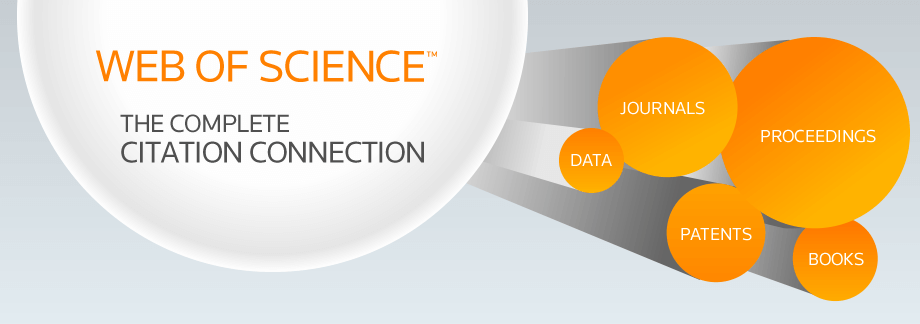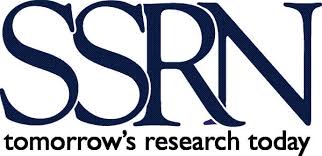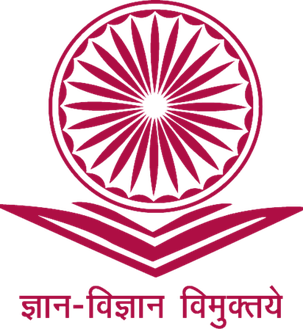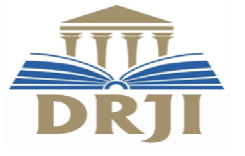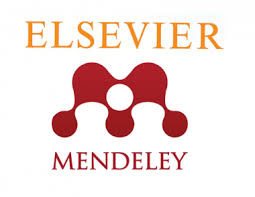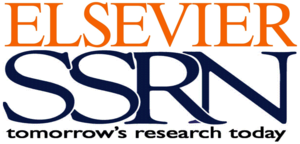Keywords
Dissent Management, Organizational Culture, Dissent Management Strategies and Organizational Performance
Abstract
1. The human resource canvas of any organization includes performance management, dimensions of organizational culture including autonomy, equity, conflict, problem solving attitudes, work value, consideration and warmth, duly supported by inspirational leadership and a nuanced approach to dissent management, towards achieving organizational efficacy. Performance management including dissent (disagreement, discord, difference of opinion etc) is an integral part of the human resource mosaic in any organisation including the Indian Armed Forces. Successful organizations recognise, accept and diligently manage dissent in all forms be it articulated, latent or displaced for enhancing efficacy and achievement of organizational objectives. Apropos, under the umbrella of Human resource - Performance Management, the selected sub area for research is 'Dissent Management in Indian Armed Forces'.
2. The Indian Armed Forces operate in a volatile, uncertain, complex and ambiguous (VUCA) environment. This dynamism brings with it multifarious intrinsic and extrinsic challenges, for effective military leadership. All military leaders are accountable for their actions and thus, management of dissent, is considered vital to accomplishment of organisational objectives. The Indian Armed Forces possess a unique culture with minor distinctions between the Service specific organizational culture of the Army, Navy and the Air Force respectively. However, in spite of the unique organisational culture and policies, the Indian Armed Forces face diverse challenges in human resource aspects leading to dissent in any form, its manifestations and management thereof. Apparently, there seems to be a significant difference in the perception on the adequacy of dissent management strategies in Indian Armed Forces for optimal organisational efficacy, especially for joint structures. It may be a manifestation of the Service specific culture or simply human nature, wherein any form of criticism/ difference of opinion could be treated with indifference. This could result in a tendency to dismiss any organizational dissent as inconsequential or avoidable inconvenience.
3. The moot question is whether acceptance or mere recognition is enough or management i.e., genuine concern towards a workable solution, is the way forward. Further, efficacy of the system in terms of successfully realigning the organizational approach to dissent management and its relationship with the Service specific Culture, merits a de novo look.
4. The Armed Forces thrive on trust and teamwork which demands transparency through a two-way feedback system. The dissent management process needs to be participative wherein either a consensus or a fair agreement with the decisions, can be reached. While policy certain guidelines on dissent management exist in the Indian Armed Forces, the suitability of the extant approach towards dissent management for emerging joint structures and its relationship with organizational culture for achieving organizational efficacy thereof, has not been sufficiently explored.
5. This study explores the perceived approach to dissent management in Indian Armed Forces and the relationship between organizational culture, dissent management strategies and organizational performance while assessing the suitability of the extant approach to dissent management for joint structures.
IJCRT's Publication Details
Unique Identification Number - IJCRT2507006
Paper ID - 290542
Page Number(s) - a49-a61
Pubished in - Volume 13 | Issue 7 | July 2025
DOI (Digital Object Identifier) - https://doi.org/10.56975/ijcrt.v13i7.290542
Publisher Name - IJCRT | www.ijcrt.org | ISSN : 2320-2882
E-ISSN Number - 2320-2882








